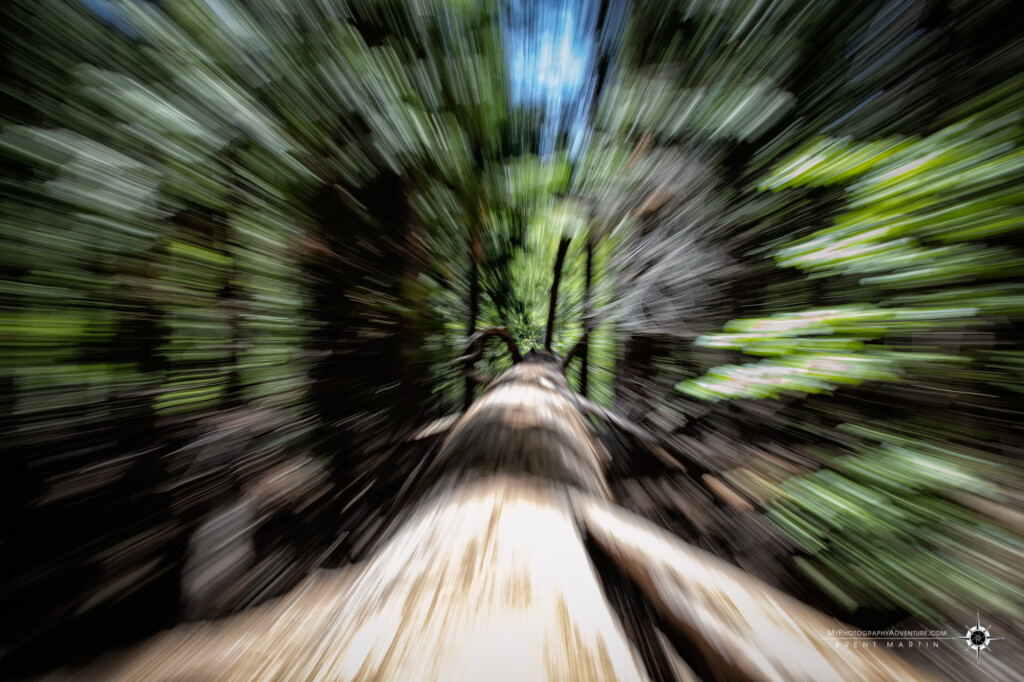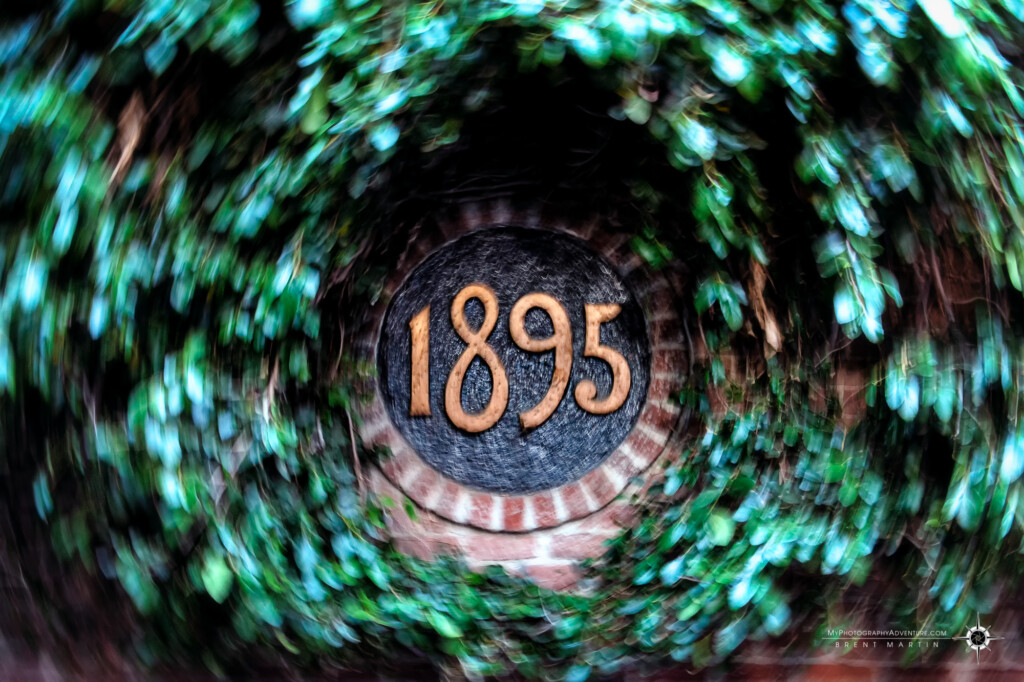ICM Zoom blurs are fun!
Zoom Blurs is a second type of intentional camera movement that is fairly easy to get good results with. The concept is as simple as zooming your lens while capturing an image. This is also done with a slower shutter speed. I almost always zoom with stationary objects, but an ICM zoom of a moving subject can be very interesting when it works. The timing needed to zoom a moving subject can be a fun challenge. For a basic ICM zoom image, I typically have my shutter speed set about 1/13th second.

There can be many interesting variations with zoom ICM. You can zoom in or out. When I use exposures of ½ to 1 second, I may pause for a moment and then zoom. This can look like a double exposure with the main subject in focus, and a zoom effect of the subject overlaid.
If you do not have a zoom lens, you can still do zoom images. One of my friends takes amazing zoom images this way. All you need to do is move your camera closer to the subject while taking the image. Just think of pushing your camera forward while pressing the trigger.
ICM Rotational blurs can be easy
Rotational blurs images are the final variation of intentional camera movement basics. ICM Rotational images tend to take a little more practice and patience, but they are well worth the effort. An ICM rotation also uses a slow shutter speed. I tend to set my shutter at about 1/13th as a starting point for this style as well. For a rotational image, the camera motion is exactly what the name suggests. I rotate my camera body in front of me. This does not require a large amount of rotation.

Think of a clock face. If my camera is level, then it is at 12 o’clock, and with just a small rotation of the body it goes to 1 or 2 o’clock. Combine that small rotation with a slow shutter speed, you can produce amazing results. I tend to think that timing is the critical aspect for good ICM rotational images. Matching the speed of rotating the camera body to the shutter speed used. This is a topic I have had some interesting conversations about. The end result seems to be, everyone who is successful with rotation images, tends to have their own way of doing it. What speed they rotate their camera, combined with what shutter speed they have set.
I often try various ICM images while I am out shooting, but it never really matters what the subject may be. An interesting image can be made from virtually anything with intentional camera movement. If you are looking for new ways to create artistic images or just have some added fun with your photography, intentional camera movement is a great additional to your skill set!
